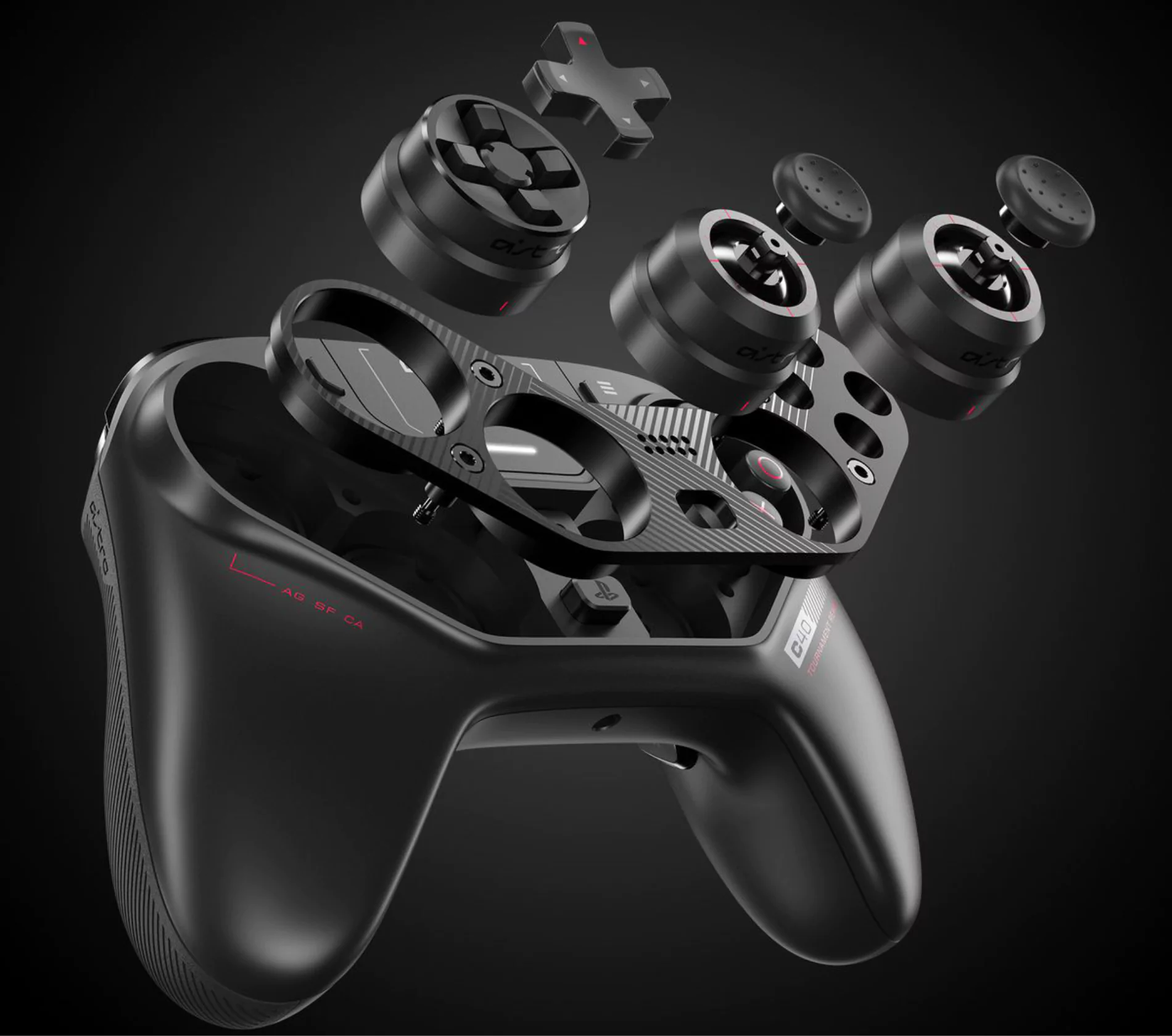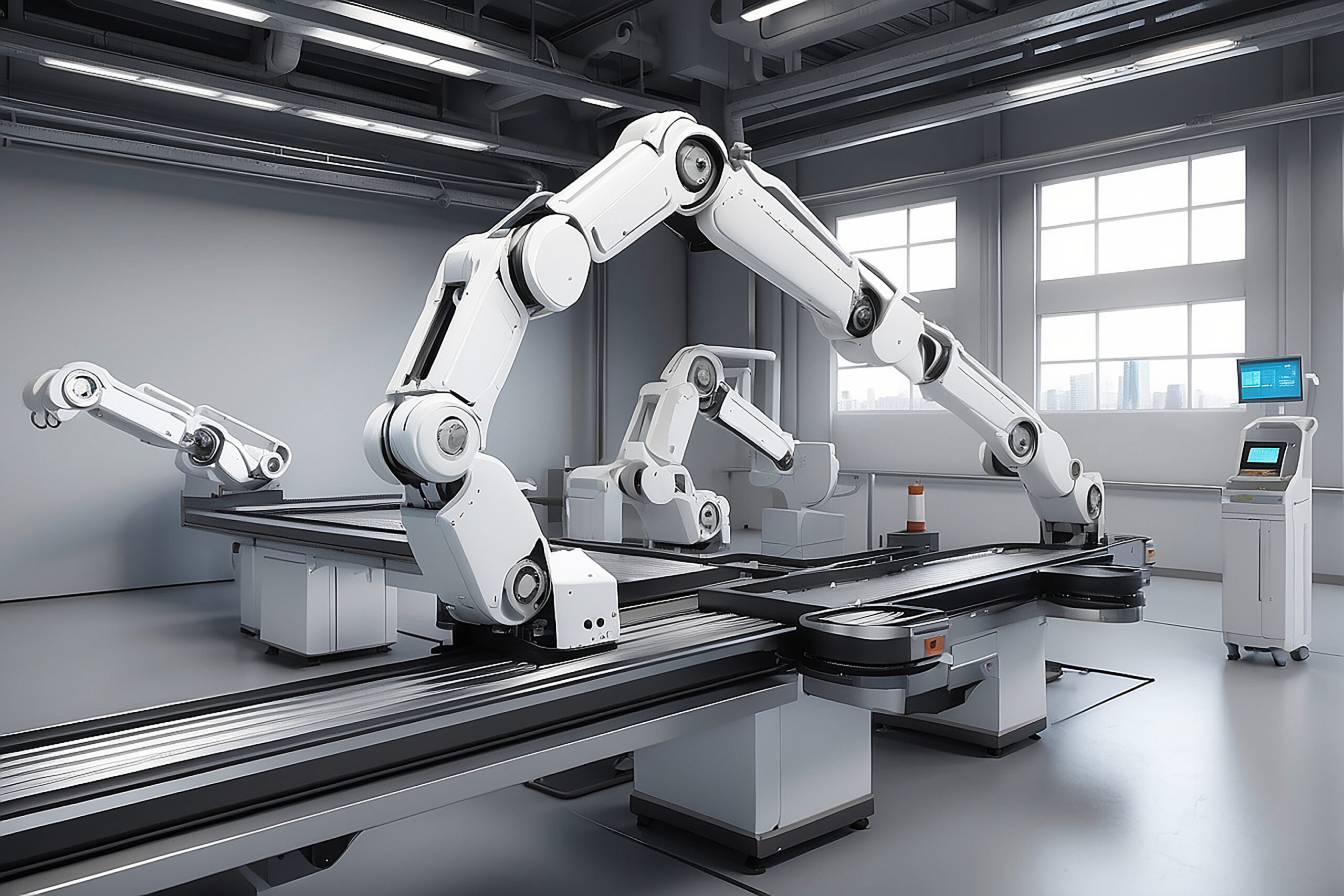In the world of product design and marketing, first impressions are everything. The visual appeal of a product often determines its success or failure in the market. In recent years, photorealistic 3D rendering has emerged as a game-changer, revolutionizing the way products are designed, visualized, and marketed. This powerful tool has transformed the industry by providing stunning visuals that can make products come to life before they even exist. In this blog, we will delve into the impact of photorealistic 3D rendering in product design and marketing, and how it has become a game-changer. Discover how we can enhance your property marketing endeavors with top-tier visuals on platforms such as Instagram, Facebook, and YouTube.
The Power of Photorealistic 3D Rendering
Photorealistic 3D rendering is the art of creating highly detailed, lifelike images of products or scenes through 3D computer graphics. It involves meticulous attention to detail, lighting, materials, and textures to make the end result virtually indistinguishable from a photograph. This level of realism has opened up a world of opportunities for product designers and marketers. Let’s explore how it’s making a difference.
Visualizing Products in Great Detail
Before photorealistic 3D rendering became widespread, product designers had to rely on physical prototypes or 2D sketches to convey their ideas. This often led to misunderstandings and revisions. With 3D rendering, designers can create highly detailed and accurate 3D models of their products. These models can be viewed from any angle, dissected, and manipulated in ways that physical prototypes cannot. This level of detail allows designers to catch potential issues early in the design process, reducing both time and cost.
Cost Savings and Efficiency
Creating physical prototypes is a costly and time-consuming process. Photorealistic 3D rendering streamlines product development by reducing the need for multiple prototypes. Changes and revisions can be made quickly and cost-effectively in the virtual environment. This not only saves money but also accelerates the product design process, allowing products to reach the market faster, similar article to check: How Can a Company Specializing in 3D Rendering Company Contribute to Product Marketing Efforts?
Enhanced Marketing and Presentation
Photorealistic 3D rendering has a profound impact on marketing. When it comes to promoting products, visual appeal is critical. Photorealistic product images and animations are ideal for marketing materials, websites, and advertisements. They can showcase a product’s features, design, and functionality in a compelling and engaging manner. Customers can explore the product from different angles, zoom in on details, and even see how it functions in a real-world context, you should check the following article: The Power of Product Videos Boosting Sales and Conversions.
Flexibility and Versatility
3D rendering provides incredible flexibility. Products can be visualized in a variety of settings and scenarios. Whether you’re selling furniture, electronics, or fashion, you can create imagery that resonates with your target audience. For example, a furniture manufacturer can display their products in various room settings, allowing customers to see how the furniture complements different interior designs.
Realism that Sells
Photorealistic 3D rendering doesn’t just show what a product looks like; it conveys how it feels and functions. This level of realism builds trust with potential customers. They can make informed purchasing decisions, confident that the product will meet their expectations. It’s no wonder that industries like real estate, automotive, and interior design have embraced 3D rendering to create immersive and realistic experiences for their customers.
Case Studies: Real-World Applications
Let’s take a closer look at some real-world examples of how photorealistic 3D rendering is transforming product design and marketing:
Automotive Industry
The automotive industry has fully embraced 3D rendering. Car manufacturers use it to create lifelike prototypes, allowing them to evaluate designs, colors, and materials before physical production. These virtual prototypes are used in marketing campaigns, giving potential buyers a true sense of what the final product will look like.
Furniture Design
Furniture companies have been able to showcase their products in a wide range of settings, from modern apartments to rustic cabins, using 3D rendering. This allows customers to see how a piece of furniture can fit into their own homes, making it easier to make a purchase decision, check the, 7 Powerful Furniture Rendering Techniques.
Architectural Visualization
In the world of architecture, 3D rendering has revolutionized how designs are presented. Architects can create realistic, interactive 3D models of buildings, both interior and exterior, allowing clients to explore the spaces before construction even begins.
E-commerce
E-commerce companies use photorealistic rendering to display products online, giving customers a more accurate representation of what they are purchasing. Virtual try-ons and interactive product demonstrations have become the norm in online shopping. E-commerce has witnessed a remarkable transformation with the integration of photorealistic rendering into its operations. Online retailers and e-commerce companies now harness the power of 3D rendering to present their products in a way that offers customers an exceptionally accurate representation of what they’re buying, Enhancing E-commerce Success: The Power of 3D Product Rendering for Online Catalogs.
One of the key advantages of photorealistic rendering in e-commerce is its ability to bridge the physical and digital realms. Customers can explore products as if they were handling them in a brick-and-mortar store.
Check the following Case Study:
The Future of Photorealistic 3D Rendering
The future of photorealistic 3D rendering is incredibly promising, with a trajectory that’s set to redefine various industries. Advancements in technology, hardware, and software are driving this evolution. Faster rendering engines, enhanced computational power, and improved algorithms are making photorealistic rendering more accessible and efficient than ever before.
One significant avenue for growth is the integration of photorealistic rendering with emerging technologies like virtual reality (VR) and augmented reality (AR). This will enable even more immersive experiences, such as interactive product demonstrations and lifelike simulations of architectural spaces.
In marketing and advertising, photorealistic rendering will continue to play a pivotal role in capturing consumer attention. As consumers become increasingly discerning, realistic visuals will be essential for making products stand out and gaining trust.
Overall, the future of photorealistic 3D rendering is marked by innovation and adaptability, expanding its influence across sectors like architecture, product design, marketing, and beyond. As technology continues to advance, the possibilities for creating stunningly realistic visual content are limitless, ushering in an era where virtual and physical worlds seamlessly converge.
Photorealistic 3D rendering has indeed been a game-changer in product design and marketing. It has revolutionized the way products are visualized, designed, and marketed, offering a level of realism and flexibility that was previously unimaginable. With the power to save time, reduce costs, and engage customers in unprecedented ways, it’s clear that 3D rendering is here to stay. As technology continues to advance, we can only expect more exciting developments in this field, further enhancing its impact on the world of product design and marketing.





